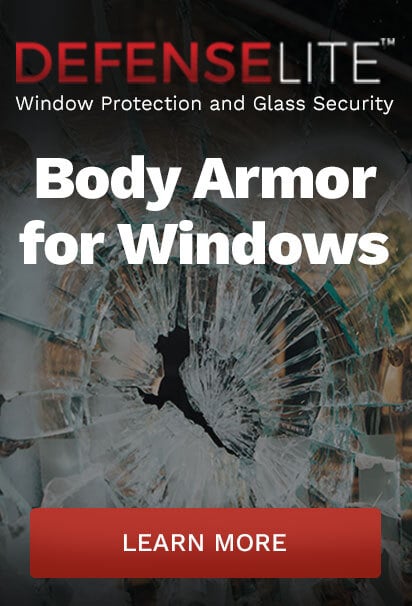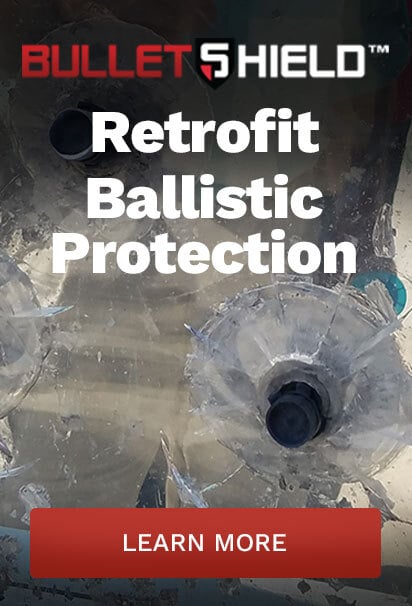Continuing Education for the AEC Industry

Continuing education is a vital component of professional development, and it is especially important in the architecture, engineering, and construction (AEC) industries. With ever-changing technologies, new building regulations, and shifting client needs, AEC professionals must routinely improve their knowledge to remain competitive in the industry.
Benefits of Continuing Education for the AEC Industry
Aside from teaching new skills that allow professionals to remain competitive in the market, continuing education courses offer several other benefits to bolster the reputation and credibility of both AEC professionals and building product manufacturers that provide the course materials.
AEC CE courses can:
- Introduce new innovations in software
- Allow professionals to flex skills beyond the day-to-day
- Hone practices that reinforce health, safety, and welfare
- Keep professional licenses active
- Establish mutually beneficial relationships with building product suppliers
Courses Available to the AEC Industry
Building product manufacturers like Impact Security become AIA CE Providers and develop course content in the categories of their expertise. These courses are taught through a variety of methods, ranging from face-to-face lunch and learns to live webinars.
An independent third party recently conducted a survey to determine which platform AEC professionals prefer when obtaining their CE credits. The findings were:
- Face-to-face presentations: 34.78%
- Self-paced online courses: 30.43%
- Live webinars: 22.83%
- Printed courses with links to quizzes: 11.96%
According to a recent survey from the AIA (American Institute of Architects), 87% of architects rely directly on manufacturers to advise them about their products. Additionally, 90% of architects seek to build strategic relationships with said manufacturers.
Although developing CE content can be time-consuming and costly for building product manufacturers, those who do so tend to become a go-to resource for the architects and other professionals who participate in their courses. These relationships are especially valuable for products designed to meet specific life-safety code requirements.
From the perspective of those taking the manufacture-led courses, not only can they complete their educational requirements, but they can also learn how specific products function to meet evolving standards and codes.
Course Platforms
Of the multiple avenues available to pursue CE courses, the largest is AEC Daily Courses.
AEC Daily is an online platform that offers continuing education courses for AEC professionals. The courses cover a range of topics, from sustainability and building codes to emerging technologies and materials. AEC Daily also partners with leading building product manufacturers and industry experts to provide high-quality content that is relevant and informative. These courses are freely available to anyone who wishes to take them.
Other reputable sources for taking CE courses are America Training Solutions (ATS) and Ron Blank & Associates.
HSW Course Opportunity: Retrofit Security Glazing Solutions
One course that AEC professionals should consider taking is “Retrofit Security Glazing Solutions for Advanced Forced Entry & Ballistic Protection,” offered by Impact Security. The focus of this course is on a new generation of clear, retrofit security “over-glaze” systems that utilize heavy-gauge polycarbonate and extruded framing designed to resist forced entry and ballistic attacks.
The course provides an understanding of a building’s physical security needs and addresses the capabilities of various solutions and threat-level requirements. The content is ideal for AEC experts involved in new project designs, renovations, or the retrofitting of existing buildings. The course is available in a self-paced online format, making it convenient for busy professionals.
Earning AIA HSW Learning Units
The course referenced is approved by the AIA and qualifies for 1.5 HSW learning units.
Members of the AIA are required to complete 18 hours of continuing education each calendar year, with at least 12 of those hours going toward HSW (Health, Safety, and Welfare) units.
AIA-approved HSW courses must meet the following criteria:
- The content must present “knowledge intended to protect the health, safety, and welfare of the occupants of the building environment.”
- The content must include one or more AIA-acceptable topics.
- At least 75% of the content’s focus must be on health, safety, and welfare.
By meeting AIA requirements each year, architects and other AEC professionals can maintain their membership and accreditation. Aside from Impact Security’s course, plenty of additional courses and certificate programs can be found in the AIA’s comprehensive course catalog.
For design assistance or to request a lunch and learn or live webinar exclusive to your firm, reach out today.


